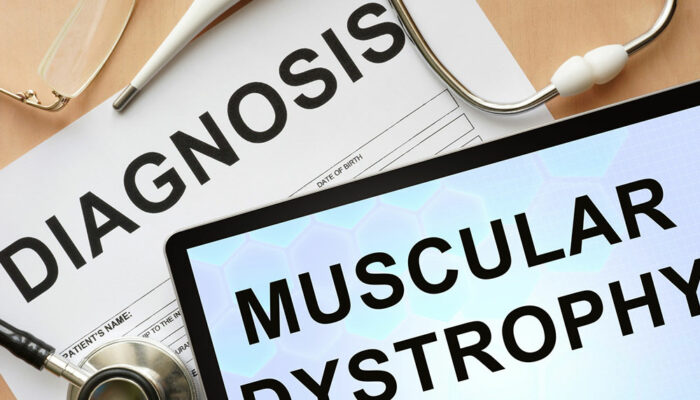
health
Dental implants – Procedure, types, and benefits
Dental implants are artificial tooth roots, which are surgically implanted into the jawbone to provide a strong foundation for replacement teeth or dental prostheses. They are a popular and effective solution for those who have lost teeth due to various reasons, like injury, decay, gum disease, or congenital issues. To understand what to expect during the procedure, here are some key facts one should know before opting for dental implants: Who is eligible? Ideal candidates for dental implants are generally those who have lost one or more teeth due to injury, decay, gum disease, or congenital issues but still have good oral hygiene and sufficient jawbone density. During a consultation, a dentist will evaluate the patient’s oral health to determine eligibility. Here, one should share their entire medical history with the dentist, especially when dealing with autoimmune diseases or type 2 diabetes, as existing health conditions can affect the outcome of the implant. Step-by-step procedure The process of dental implants usually consists of the following steps: Initial consultation and evaluation: Here, the dentist or surgeon first examines the oral health and takes dental X-rays or CT scans to assess the condition of the jawbone, teeth, and gums. Formulation of treatment plan:
Read More 








